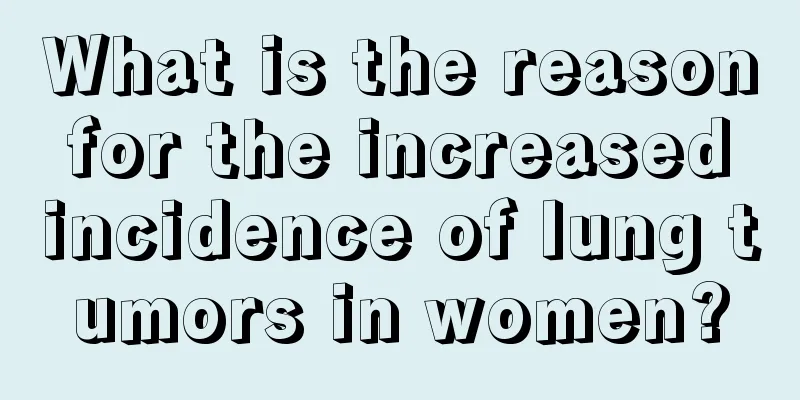Correct first aid measures for scalds and burns

|
Scalds and burns are common occurrences in daily life, but the degree of scalds and burns is different. Many people experience scalds or burns in their daily lives, but most people don’t know what to do when faced with scalds and burns. In fact, when scalds and burns occur, mastering some first aid methods is very important to alleviate the condition. So what are the correct first aid measures for scalds and burns? What are the correct first aid measures for scalds and burns? Scalds and burns are common accidental injuries in life. Scalds from boiling water, boiling porridge, hot oil and hot steam are common occurrences. For some scalds and burns, if treated promptly, there will be no adverse consequences. The severity of scalds and burns is mainly determined by the location, area and depth of the burns. Scalds and burns on the head and face, or those not on the head and face but with large area and deep depth, are considered serious. The correct first aid measures for scalds and burns are as follows: 1. If you are burned by heat, you should immediately apply cold or ice water to or soak the injured area. This can reduce the depth of the burn wound and have a significant analgesic effect. When performing cold therapy in a cold environment, care must be taken to keep the injured and patients warm and prevent them from freezing. 2. Regardless of the cause of burns combined with other injuries, such as burns combined with fractures, brain trauma, pneumothorax or abdominal organ damage in serious traffic accidents or explosions, appropriate emergency treatment should be given according to the principles of trauma first aid. For example, use a first aid kit to fill and bandage an open pneumothorax, stop heavy bleeding, simply fix a fracture, etc., and then send the patient to a nearby hospital for treatment. 3. After the injured person leaves the accident scene, attention should be paid to protecting the burn wound to prevent re-contamination. In addition, colored drugs (such as mercurochrome, gentian violet, etc.) are generally not applied to the wound surface to avoid affecting the judgment of the depth of the burn wound and debridement during subsequent treatment. Blisters caused by shallow burns are generally not cleared. Large blisters are only cut and drained at a low level to preserve the integrity of the blister skin and protect the wound surface. 4. Burn victims often experience varying degrees of pain and agitation and should be given appropriate sedation and analgesia. How to treat burns 1. Mild burns, especially limb burns caused by lifestyle factors, should be immediately rinsed with clean water or the affected limb should be soaked in cold water for 20 to 30 minutes to cool the injured area and reduce thermal damage. 2. When a clothed area is severely burned, do not take off the clothes first. Pour cold water on the clothes immediately. After the local temperature drops, gently take off the clothes or cut them open with scissors. 3. Ordinary burns generally do not require special treatment, just keep the wound and the surrounding area clean; for larger area burns, rinse with clean water, cover the wound with clean gauze or cloth, and try to send to the hospital for treatment within 4 hours. 4. If you are burned in a fire, use water to put out the flames or quickly lie down on the ground and roll to put out the fire; avoid running or shouting with the fire, otherwise it will easily cause respiratory burns. 5. People with digestive tract burns can take milk, egg white, soy milk, edible vegetable oil, etc. orally, 200 ml each time, to protect the digestive tract mucosa. In addition, vomiting and gastric lavage are prohibited for such patients. 6. What should I do if blisters have formed on the burn area? Do not break small blisters, wait for them to be absorbed and dissipate naturally; if it is large, go to the hospital for treatment to avoid affecting wound repair and increasing the chance of infection. In addition, compared with adults, children have delicate skin and poor tolerance, so burns are often more serious and they are more likely to get infected and cause complications. Therefore, for children, no matter what type of burns they have, they should not apply sesame oil, soy sauce, toothpaste or ointments of unknown usage on the wounds; these colored medicines are not only prone to infection, but also make it difficult for doctors to judge the depth of the burns. The correct first aid measures are: cover the wound with clean towels, clothes, sheets, etc. to protect the wound, and send to the hospital as soon as possible. |
<<: There are small red bumps on the new skin after burn
>>: What is the best way to repair a burn on the face
Recommend
What are the methods for removing scale
Nowadays, drinking water is becoming less and les...
Who are tampons suitable for?
Although tampons are very popular nowadays, some ...
What are the folk remedies for treating rheumatoid arthritis?
Treating rheumatoid arthritis is also very import...
What are the massage therapies for ovarian cancer?
With the progress of the times, people's livi...
How to breastfeed after caesarean section
After a caesarean section, the first thing a moth...
There are white crystals in the armpit hair
In summer, both young women and men like to wear ...
How to treat liver cancer? These 4 treatments for liver cancer are very common
Liver cancer is a malignant tumor with a relative...
I have had stomach pain and diarrhea for several days in a row
Abdominal pain is very common in clinical practic...
What to do if you get angry during breastfeeding
The quality of milk during breastfeeding is very ...
What skin conditions can be treated with ozone?
The skin is the part of the epidermis that is exp...
What to do if you lose swallowing function due to nasopharyngeal cancer
What should I do if I lose my swallowing function...
Side effects of quadrivalent cervical cancer vaccine
The quadrivalent cervical cancer vaccine clinical...
Is it OK to wear contact lenses while swimming
Summer is here, and swimming is a welfare sport i...
Can mulberries raise blood sugar?
Mulberry is a fruit with many medicinal values. I...
Causes of depression
There are many types of common diseases in life, ...









